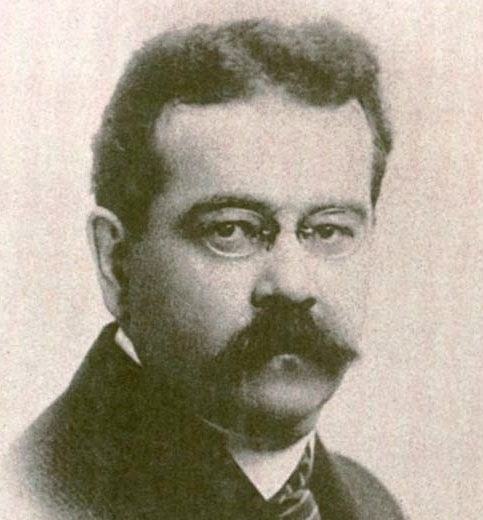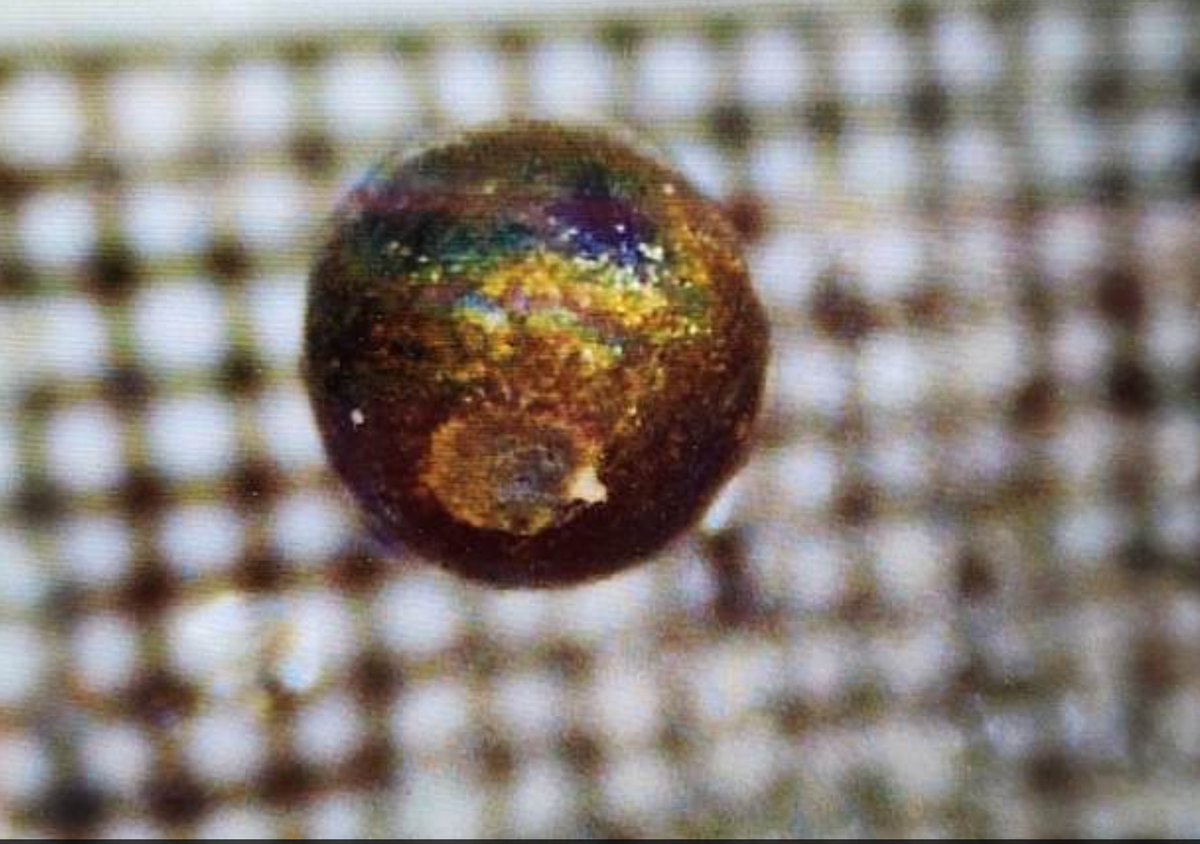Scientists have found material from outside of our solar system for the first ever time, according to a controversial Harvard Professor.
The “spheres” were found in the Pacific Ocean in June. But early analysis has now indicated that the material came from outside of our solar system, carried by an interstellar object that crashed into the Earth in 2014, according to Avi Loeb, a theoretical astrophysicist at Harvard University.
The material could even be of “extraterrestrial technological origin” because of some unusual characteristics of the material, he said. Professor Loeb has previously claimed that the asteroid may have been artificial, such as an alien spacecraft.
…
Professor Loeb has made a number of claims about potential extraterrestrial life and visitors from other solar systems. While has made a number of contributions to astrophysics, he is perhaps best known for his suggestions that Oumuamua, the first interstellar object to visit our solar system, could have been an “alien probe”.
His regular and often unusual claims have led to some censure from fellow scientists, who say that he is given to sensationalism and is damaging the usual process of discovery. His pronouncements can be attention-grabbing and undermine the usual work of science to check extraordinary claims with extraordinary evidence, they have said.
…
He has claimed that details about the fireball indicate that it had come from outside of our solar system. Those claims have proven controversial – though they have been accepted for publication in the prestigious Astrophysical Journal, after initially being rejected – because scientists have argued there is not significant enough proof to indicate it really was an interstellar visitor.
Now Professor Loeb says that analysis shows that the materials are “from a meter-size object that originated from outside the solar system”. A number of details about the material indicated that it was of interstellar origin, he said.
He pointed particularly to the amount of beryllium, lanthanum and uranium (or BeLaU) in the objects. That set them apart from other samples not found in the path of the object – and also from objects that would normally be expected to have been formed on the Earth, the Moon or Mars, he said.
Professor Loeb said he he was confident that more objects would be found like “IM1”, the name he has given to that object he claimed to be an interstellar visitor. He suggested that there could be “a few million such objects reside within the orbit of the Earth around the Sun at any given time” and that “some of them may represent technological space trash from other civilizations”.
He also criticised those many scientists who have expressed scepticism about his claims, joking that he was “running away from colleagues who have strong opinions without seeking evidence, and I am running towards a higher intelligence in interstellar space” and saying that he wishes his critics “happiness and prosperity”.
He does seem to enjoy throwing hand grenades into the debate but, as he has been accepted for publication, it is put-up-or-shut-up time and his claims can be properly scrutinised. It’ll be interesting to see his numbers.


